1. Logging Workers
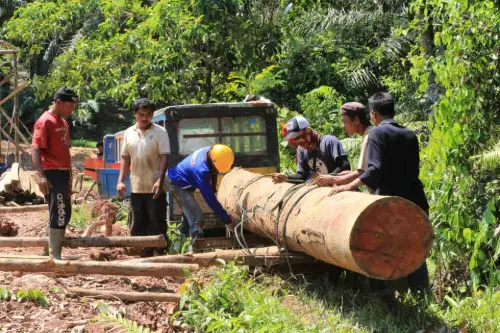
Logging is consistently ranked among the most dangerous jobs in the U.S., and it’s not hard to see why. These folks work in remote forests, often using chainsaws and heavy machinery to fell massive trees that can weigh several tons. One miscalculation, a falling limb, or an equipment failure can be fatal in an instant. Despite modern safety equipment, the fatal injury rate remains staggeringly high—about 100 deaths per 100,000 workers, according to Kurtis Lee of The New York Times.
What’s wild is how little attention this profession gets given how essential it is. Most of us don’t think twice about the lumber in our homes or the paper we use daily. Yet, behind it is a crew of people risking their lives in unpredictable, high-stakes environments. It’s dangerous, isolating, and surprisingly low-paying for the level of risk involved.
2. Commercial Fishers

If you’ve ever seen “Deadliest Catch,” you’ve had a peek into how rough this job really is. Commercial fishers face brutal weather, icy decks, rogue waves, and heavy equipment—all while operating far from any kind of emergency help. Falling overboard, getting caught in winches, or being struck by swinging gear are just a few of the everyday risks. The fatality rate? Around 77 deaths per 100,000 workers, according to a PubMed Central article by Greg Penney, William Byrne and Marcus Cattani.
And that doesn’t even account for the long hours, sleep deprivation, and months spent away from family. The job demands incredible physical endurance and mental toughness. They’re chasing a livelihood in one of the last true frontiers, often just to make ends meet. It’s high risk, low glory, and still very much a necessity for our seafood supply.
3. Roofers
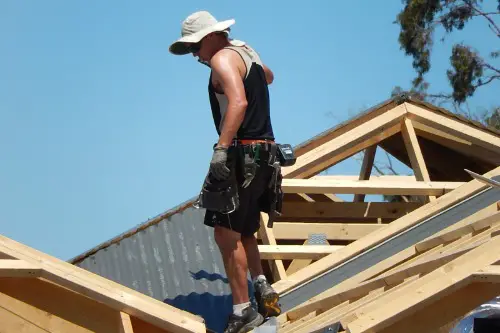
At first glance, roofing doesn’t seem that scary—until you consider that they’re often working at heights of two to four stories, in blazing heat, with minimal protection. Slips, trips, and falls are the leading cause of fatalities in the construction industry, and roofers are especially vulnerable. According to federal data, the death rate for roofers is around 59 per 100,000 workers, according to Rob Lenihan of The Street. One wrong step or a gust of wind can be the difference between clocking out or catastrophe.
Despite the danger, roofing remains in high demand—especially after storms and in growing cities. It’s physically punishing work, often in extreme temperatures and on steep inclines. Add in power tools and potentially unstable surfaces, and you’ve got a recipe for serious injury. Yet thousands of Americans still climb up there every day to get the job done.
4. Aircraft Pilots and Flight Engineers

This one surprises people, especially since commercial air travel is statistically very safe. But when you include smaller aircraft like crop dusters, air ambulances, and charter flights, the risks jump significantly. Pilots operating in poor weather, mountainous terrain, or during emergency medical flights face unpredictable, high-stress situations. The profession sees about 66 deaths per 100,000 workers, according to Tom Van Riper of Forbes, much higher than most expect.
Pilots in these roles often fly long hours and must make quick, critical decisions with lives on the line. They deal with mechanical issues, fuel limits, and unexpected changes in weather, all while navigating tight deadlines. And let’s not forget the risk of fatigue—especially on back-to-back flights or during overnight shifts. It’s not just glamorous jet-setting; for many, it’s high-risk logistics in the sky.
5. Refuse and Recyclable Material Collectors
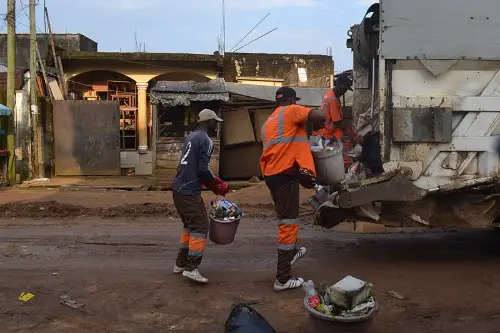
Trash collection might not sound life-threatening, but it ranks among the top ten most dangerous jobs in America. The biggest hazards include traffic accidents, heavy machinery, and exposure to hazardous materials. According to BLS data, the fatality rate hovers around 33 deaths per 100,000 workers. When you’re hanging off the back of a truck and dodging speeding cars at 6 a.m., it’s more intense than people realize.
There’s also the physical toll—lifting heavy bins, navigating slippery sidewalks, and dealing with sharp or unknown waste. Some workers are also exposed to chemicals or infectious material, especially in urban environments. It’s dirty, strenuous, and dangerous, yet vital for the health and cleanliness of our communities. Next time your trash gets picked up, maybe give those folks a little nod of respect.
6. Structural Iron and Steel Workers
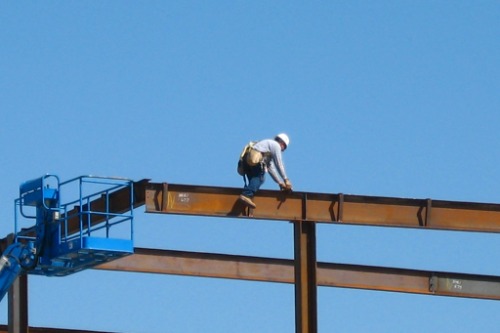
These are the workers you see balancing on steel beams hundreds of feet in the air—often with nothing but a harness and nerves of steel. Their job is to assemble the skeletons of bridges, skyscrapers, and stadiums, sometimes in extreme weather or windy conditions. The fatality rate is around 32 per 100,000 workers, mostly due to falls, equipment failures, or being struck by heavy materials.
It’s physically intense and requires sharp attention to safety protocols. Yet, even a small lapse in concentration can lead to a fatal fall or crush injury. These workers are literally building the backbone of America, but many people don’t realize how risky their work really is. They often work long hours and at great heights just to keep the country’s infrastructure growing.
7. Farmers and Agricultural Workers
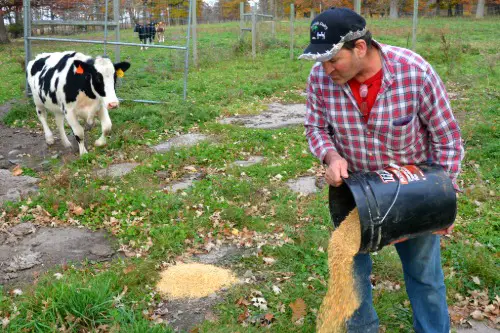
Farming sounds idyllic until you factor in the machinery, chemicals, weather, and isolation. Tractor rollovers, entanglement in harvesters, and pesticide exposure are major hazards in this field. The fatality rate for farmers is around 20 deaths per 100,000 workers. And that number doesn’t even fully reflect injuries, which are much more common and often life-altering.
On top of that, farmers often work alone in rural areas, meaning help can be miles away during an emergency. They also face mental health challenges due to economic stress, climate issues, and long working hours. Despite all this, farming is a deeply rooted profession that feeds the nation. It’s a tough, dangerous life that many still choose for love of the land and legacy.
8. Electrical Power-Line Installers and Repairers

Working with high-voltage electricity dozens of feet off the ground isn’t for the faint of heart. Power-line workers face electrocution risks daily, along with the danger of falls, equipment malfunctions, and extreme weather. The fatality rate is around 19 per 100,000 workers, often involving electrical burns or being struck by falling objects. Add in the fact that many are called out during storms or natural disasters, and you’ve got a recipe for high-risk heroism.
These are the folks who restore your power after hurricanes and blizzards, often working 16-hour shifts in miserable conditions. One mistake can mean instant death or life-changing injury. The job takes a mix of technical skill, physical endurance, and bravery. It’s no wonder they’re considered some of the unsung first responders in disaster zones.
9. Construction Laborers
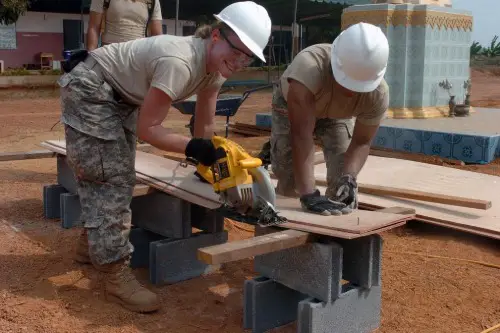
Construction sites are dangerous playgrounds of power tools, scaffolding, and unpredictable materials. Laborers often perform demolition, excavation, or heavy lifting in constantly changing environments. The death rate is about 18 per 100,000, with the leading causes being falls, equipment strikes, and trench collapses. Even with hard hats and safety harnesses, the risks are real and persistent.
What makes this job especially tough is its unpredictability. One day you might be operating a jackhammer; the next, you’re unloading cinder blocks in 100-degree heat. Fatigue sets in fast, and that’s when accidents happen. For many, though, it’s an honest living and one of the only jobs available that pays daily or weekly.
10. Truck Drivers
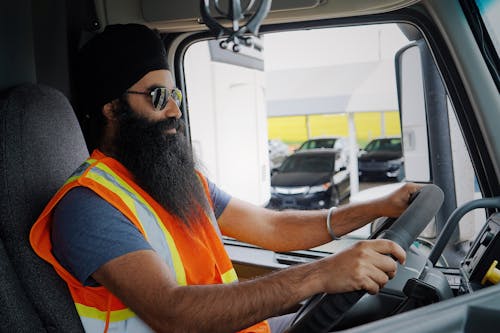
Long-haul truckers keep America’s supply chain alive, but the road takes a serious toll. With tight schedules, minimal sleep, and thousands of miles of highway to cover, truckers face constant danger. Around 1,000 truck drivers die on the job each year, mostly from crashes, according to the National Highway Traffic Safety Administration. That makes it one of the most deadly jobs by sheer numbers.
The monotony of driving, combined with unpredictable traffic and weather, makes every shift a gamble. Add in deadlines that push drivers to skip rest breaks or drive overnight, and you’ve got a high-stress, high-risk situation. Many also face health issues from sedentary lifestyles and poor diet options on the road. Still, they press on—because without them, store shelves would be empty.
11. Mining Machine Operators
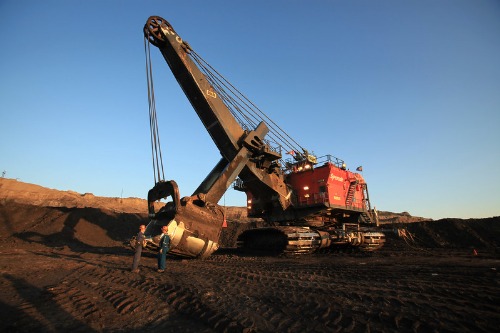
Digging deep into the earth to extract coal, minerals, or metals may sound like a job from a century ago—but it’s still very much alive. Mining machine operators face cave-ins, gas leaks, equipment failures, and even explosions. Their fatality rate hovers near 20 per 100,000 workers, depending on the type of mine. And even when it doesn’t kill, it can leave workers with lifelong respiratory illnesses like black lung disease.
The job is claustrophobic, dark, and physically grueling. Operators must navigate narrow tunnels with massive machinery, often while handling volatile materials. It’s mentally draining too, given the constant risk of collapse or toxic exposure. While automation is starting to reduce some of the physical danger, human hands are still essential deep underground.
12. Correctional Officers
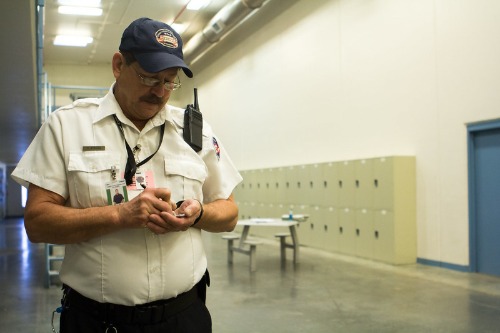
Working in a prison might not seem dangerous at first glance, but correctional officers deal with violent, unpredictable environments every day. Assaults by inmates, riots, and mental health crises are just part of the job. Injury and fatality rates are significantly higher than average, with officers often suffering from PTSD and long-term stress. Physical altercations, stabbings, and even targeted attacks can occur with little warning.
It’s not just physical danger—they also face enormous emotional strain. The constant pressure of maintaining order, breaking up fights, and witnessing traumatic events takes a toll. Yet, they’re responsible for ensuring safety within one of the most difficult work environments imaginable. It’s a job that requires discipline, courage, and a thick skin.
13. Oil and Gas Extraction Workers
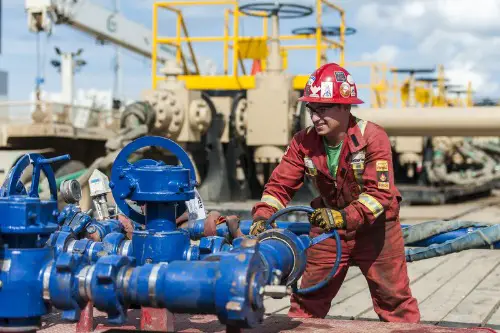
Drilling rigs are some of the most dangerous workplaces on Earth—even more so when you’re miles offshore or in remote desert regions. Oil and gas workers deal with flammable materials, heavy equipment, high pressures, and harsh environments. Blowouts, fires, and explosions are rare but catastrophic when they happen. The fatal injury rate is around 14 per 100,000 workers, though it fluctuates based on economic cycles and safety enforcement.
Add to that long shifts (often 12 to 14 hours), rotating schedules, and extreme isolation, and it becomes clear this isn’t a job for everyone. Workers often live in temporary camps or offshore rigs for weeks at a time. Mistakes can be fatal, and safety protocols are intense—but not always followed. Even with automation, the human element remains critical, and so does the risk.


